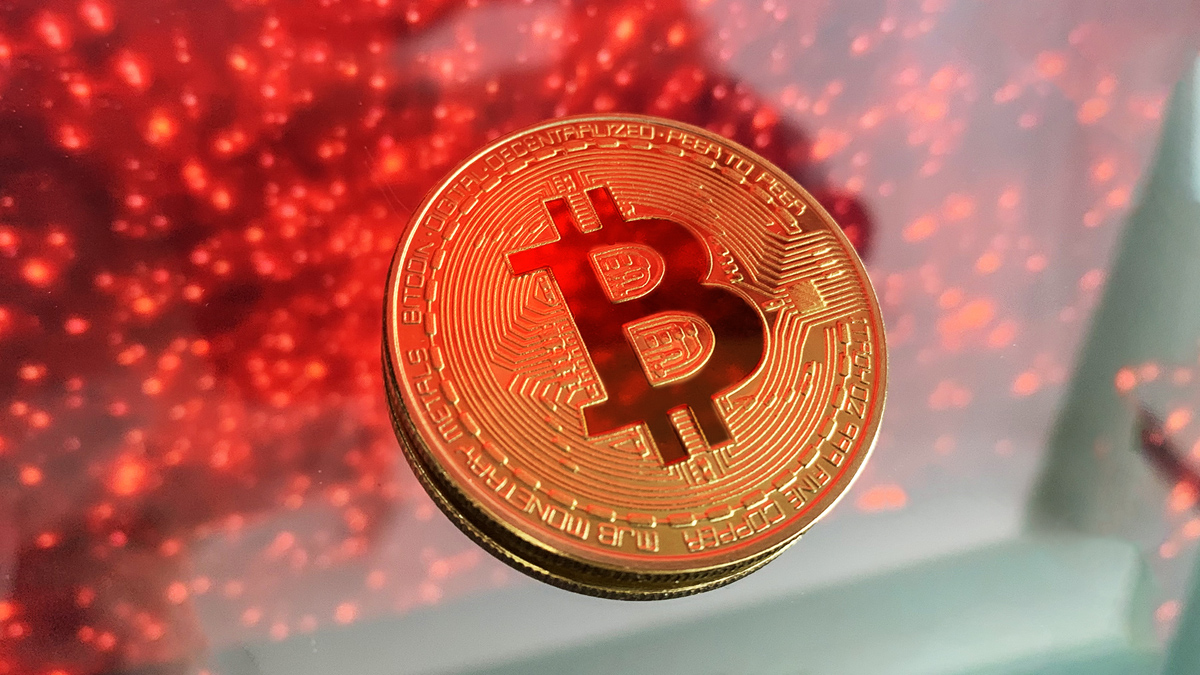Recently, the possibility of the Federal Reserve (Fed) implementing an interest rate cut in September has significantly increased. This development is primarily rooted in uncertainties surrounding the future of Fed Chair Jerome Powell. In recent weeks, political discussions have revolved around Trump’s consideration of new presidential candidates, with rumors speculating on Powell’s potential resignation in the near future.
Expectation of an Interest Rate Cut
In financial circles, the likelihood of the Fed opting for a rate cut during its September meeting is being discussed more vocally. Powell’s term is set to end in May, but the possibility of his early departure has fueled hopes among various stakeholders for potential cuts. As data related to the U.S. economy is being tracked, a noticeable increase in market fluctuations has also been observed.
Recent reports highlight a growing political pressure on Powell. Sources associated with the Trump administration have introduced discussions of a new Fed chair, with rumors about the current chair stepping down influencing economic expectations.

The question of whether Jerome Powell will resign is a significant factor impacting the near future of the American economy. These speculations have led many actors, especially financial institutions, to reassess their expectations.
The uncertainty surrounding Powell’s future is also testing the confidence in the central bank’s monetary policy. Throughout this period, discussions continue about the independence of the central bank and potential political interventions. Indeed, Powell recently stated, “Predictability and transparency in Fed’s decisions are our primary priorities.”
Economic and Political Implications
A potential interest rate cut decision in September is something that the U.S. economy and global financial markets have been preparing for. It is almost certain that rates will remain unchanged for July. However, today’s Producer Price Index data and recent employment signals suggest that a cut might occur in September, even if Powell does not resign.
Nonetheless, it is unlikely for politics to overtly integrate itself into the Fed’s operations. Thus, tariffs to be imposed in early August and potential tariff agreements expected by August 1st will be pivotal for markets. A significant portion of Fed members are not keen on rate cuts amidst the inflationary impact of tariffs, even if there’s a leadership change.
Analyses indicate that the likelihood of the Fed lowering interest rates in September has increased due to the prevailing uncertainties. These developments impact the short-term strategies of investors and market participants while bringing the Fed’s monetary policy and independence back into the spotlight. The decision the Fed will make during its September meeting has the potential to yield significant consequences for both the U.S. economy and global markets.


 Türkçe
Türkçe Español
Español









